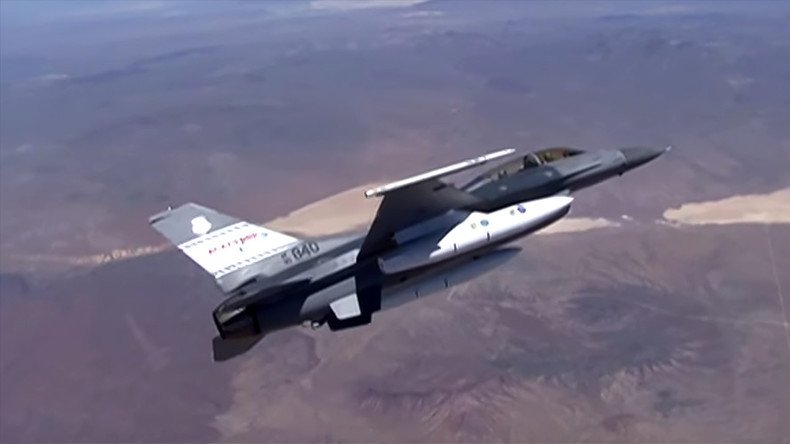History of flight: NASA is uploading its research archives to YouTube (VIDEOS)

NASA's Armstrong Research Center has spent the last month uploading hundreds of videos to YouTube, providing unprecedented insight into the world of aeronautics innovation that has helped humanity take to the skies, land on the moon, and one day, reach Mars.
So far, approximately 300 of a total of 500 clips have been uploaded to the channel.
Everything from the assembly of the D-558 Skystreak aircraft in 1947 to the 1991 takeoff of one of 32 Lockheed Martin SR-71 Blackbird jets, designed to conduct reconnaissance operations and outpace surface-to-air missiles with its incredible acceleration capabilities.
NASA also uploaded the infamous ‘Controlled Impact Demonstration’ video in which the space agency and the Federal Aviation Administration flew a Boeing 720 jet into the ground to test the survivability of the aircraft in the event of a collision.
The aircraft's wings were ripped off during the test, creating a massive explosion in the process which created an inferno which lasted for an hour. The team were also conducting research into the combustibility of jet fuel – for science, of course.
While the archives were previously available on the Dryden Flight Research Center website, publishing the footage to YouTube makes it much easier for Google to index the entire catalogue and for the general public around the world to enjoy.
Included in the archives is footage of the development of Automatic Collision Avoidance Technology (ACAT) from 2010.
The Fighter Risk Reduction Project was created to help combat pilots push the envelope when carrying out evasive maneuvers, with limited risk of colliding with the ground or nearby obstacles.
The footage shows just how agile the F-16D could, be flying extremely close to the ground, thus avoiding radar detection, while carrying out deft aerial acrobatics in close proximity to forests and desert mountain ranges.
Among the treasure trove of engineering and scientific achievements is a time-lapse video of the Space Shuttle Endeavour being joined to NASA's 747 Shuttle carrier plane.
Other footage shows NASA engineers powering an unmanned aircraft with infrared lasers.
Another video shows a C-5A aircraft conducting a wing vortices test at NASA's Langley Research Center in Virginia in the 1970s.
Not all of the footage is high-flying acrobatics, however. There are also clips from the Costa Rican rainforest and the coral reefs around the Hawaiian Islands.












